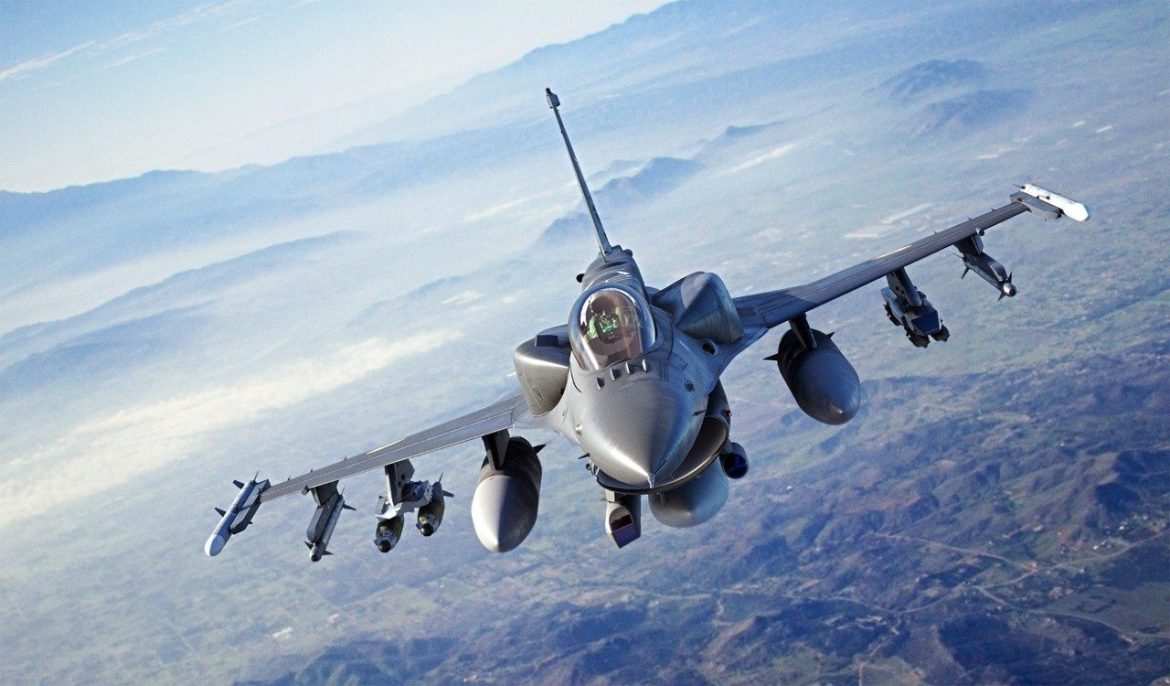Pakistan Added to US Global Missile Export Plan
In a significant development, the United States has included Pakistan in its latest international missile sales program. The move allows Islamabad to acquire Raytheon’s cutting-edge AIM-120C8/D3 air-to-air missiles, a highly advanced system designed to enhance modern fighter capabilities.
According to documents released by the US Department of Defense on October 6, 2025, Pakistan’s inclusion was part of an expanded $41.68 million extension to an already approved $2.51 billion global defense contract. The broader deal involves several key US allies, including Japan, Germany, the United Kingdom, Israel, Turkey, South Korea, Australia, Saudi Arabia, and Qatar.
Defense analysts view this as an important diplomatic and military signal. It suggests that Washington is once again opening the door to limited defense cooperation with Islamabad after several years of strained ties.
Step Toward Modernizing Pakistan’s F-16 Fleet
Experts believe this development will help Pakistan modernize its F-16 fighter jets, which remain central to the country’s air defense strategy. Pakistan last received a major upgrade to its F-16 fleet in 2006–2007 under the US “Peace Drive” program. That initiative included new aircraft and 500 AIM-120C5 missiles, improving the Pakistan Air Force’s (PAF) ability to maintain air superiority in the region.
The newly authorized AIM-120C8 version represents a substantial leap in technology. It offers longer range, improved guidance systems, and enhanced resistance to electronic countermeasures. Defense observers note that the inclusion of this missile system signals a renewed focus on advanced combat readiness.
Background: A New Chapter in Defense Cooperation
The AIM-120C8, also known as the export variant of the AIM-120D, is currently one of the most advanced air-to-air missiles in service with the US Air Force. Its development began in 2023, and production has since expanded to meet the needs of both NATO and Indo-Pacific allies.
The missile’s integration into allied air forces aims to strengthen interoperability and collective deterrence, particularly in the face of rising military competition from Russia and China. The US Department of Defense has said that the global distribution plan for these missiles will continue through 2030, ensuring a consistent supply to partner nations.
Strategic Implications for Pakistan
For Pakistan, this quiet approval is more than a technical upgrade — it is a sign of strategic re-engagement. Relations between Washington and Islamabad had cooled in recent years, particularly after the withdrawal of US forces from Afghanistan and growing American ties with India.
However, defense analysts say this latest move reflects a pragmatic recalibration. The US appears willing to cooperate on limited security programs, especially those that enhance counterterrorism and regional stability. The inclusion of Pakistan in a high-profile missile export program also hints at Washington’s recognition of Islamabad’s importance in maintaining a balance of power in South Asia.
High-Level Diplomacy Behind the Scenes
Sources indicate that the groundwork for this development was likely laid during Air Chief Marshal Zaheer Ahmad Babar Sidhu’s visit to Washington in July 2025. During his meetings at the State Department and the Pentagon, discussions reportedly focused on a phased roadmap for logistical, training, and administrative cooperation between the two militaries.
Analysts suggest this visit may have paved the way for the missile agreement. It also signals that Pakistan’s defense diplomacy is regaining traction at a time when the country seeks to diversify its partnerships beyond China and the Middle East.
Regional and Global Context
The inclusion of Pakistan in the AIM-120C8 program comes amid heightened geopolitical competition. The United States is expanding defense collaboration with allies to counter China’s growing military presence in the Indo-Pacific and Russia’s ongoing confrontation with NATO in Eastern Europe.
By aligning missile technology across multiple partner nations, Washington aims to standardize air defense capabilities and maintain global readiness. For Pakistan, access to such advanced systems marks a major step toward keeping pace with regional adversaries — particularly India, which continues to modernize its air fleet through partnerships with France, the United States, and Russia.
Looking Ahead
The missile deliveries are expected to proceed in phases, with production and deployment continuing until 2030. While no official delivery timeline for Pakistan has been announced, defense experts believe initial cooperation will likely focus on training, systems integration, and maintenance protocols.
In the long term, this development could set the stage for broader defense collaboration between Washington and Islamabad — provided both sides manage political sensitivities and maintain transparency in military engagement.















